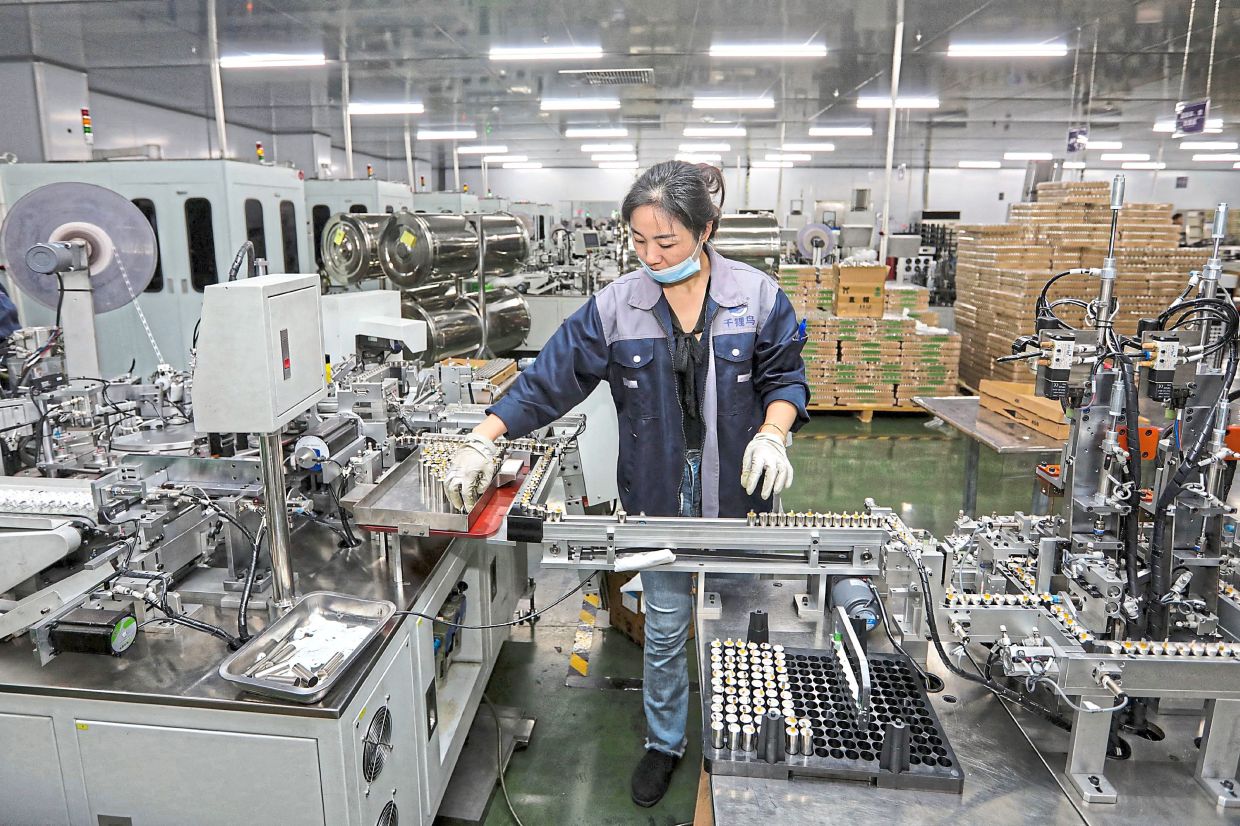
Hibiscus Petroleum managing director Kenneth Pereira.
KUALA LUMPUR: Hibiscus Petroleum Bhd is poised for significant growth with its recent ventures expected to add value across the company’s portfolio.
is poised for significant growth with its recent ventures expected to add value across the company’s portfolio.
At the forefront of this expansion is the company’s acquisition of gas-producing assets in Brunei, which is anticipated to deliver a 15% internal rate of return (IRR).
During an investor briefing, Hibiscus’s top management said: “Based on the opportunities that we’ve identified, just by the reviews prior to taking control of the asset, it’s 15% IRR.”
This acquisition, which is subject to shareholder approval, is expected to be completed by November 2024.
The acquisition involves the company’s wholly-owned unit Simpor Hibiscus Sdn Bhd, which has entered into a conditional share purchase agreement (SPA) with TotalEnergies Holdings International BV.
Hibiscus will acquire a 100% interest in TotalEnergies EP (Brunei) BV for a purchase price of US$259.4mil.
The independent oil and gas exploration and production company has a history of generating strong returns from its acquisitions.
Managing director Kenneth Pereira highlighted the company’s acquisition of the Anasuria field in the United Kingdom in 2016 initially had an IRR of 36%, but has since skyrocketed to 689%.
Similarly, the North Sabah acquisition, which began with a 15% IRR in 2018, has now reached 298%.
“We expect to unlock similar levels of value going forward with the Brunei acquisition,” Pereira noted.
According to Hibiscus, the latest brownfield acquisition will add up to 21.7 million barrels of oil equivalent (MMboe) to Hibiscus’s proved and probable reserves, marking a 36% increase in reserves from 60.9 MMboe to 82.6 MMboe as of January 2024.
Daily net production is also set to rise by 7,865 boe per day, bringing total output to 29,263 boe per day in 2024.
Beyond Brunei, Hibiscus has several ongoing projects aimed at boosting its production and revenue. One such project is the North Sabah South Furious production enhancement, which will see improving production and reserves recovery via pressure support from water injection.
Additionally, the company’s 2S project Teal West in the United Kingdom, which will tie back to the Anasuria floating production, storage and offloading, is on track for first oil by the end of 2025.
Hibiscus is also working on securing an extension of its PM3 Commercial Arrangement Area (CAA) product sharing contract beyond 2027.
According to the company, “Work is ongoing, discussions are ongoing. We are hoping to secure this by the end of this year.”
From FY20 to FY24, Hibiscus’ revenue grew over four times to RM2.72bil, while profit after tax surged by more than nine times to RM467mil. Daily production more than doubled in the same period, a leap attributed to Hibiscus’s acquisition of Repsol assets in Vietnam and Malaysia in 2022.
On currency management, Pereira explained that Hibiscus’s revenue is entirely in US dollars, while 60% to 70% of its operating expenditure is in ringgit, with the rest in US dollars.
Although capital expenditure payments are made in ringgit, the underlying currency is also in US dollars.
Despite the strengthening of the ringgit, Pereira noted, “So far, we have not raised our ringgit.”
In terms of capital allocation, Hibiscus continues to prioritise dividends, followed by investments in the business and discretionary spending on share buybacks.
The company has repurchased 19.1 million shares to date at an average price of RM2.27 per share, amounting to RM43mil.
“What we don’t want to do is go ramp the price up every day by buying a whole bunch of shares and create some kind of artificial price. The idea is to stabilise the share price,” Pereira said.
Meanwhile, London-based Lambert Energy Advisory, a merger and acquisition and strategic advisory firm dedicated to the energy sector, deputy chief executive officer Onursal Soyer emphasised the significant global energy demand, which currently stands at 300 million MMboe per day.
Breaking it down, 100 million comes from liquids and oil, 65 million from natural gas, and 75 million from coal, with only about 15 million barrels from wind and solar energy.
“They [Renewable energy] remain intermittent and require backup,” he noted. Hence, he believes transitioning to a future heavily reliant on both gas and renewable energy is crucial.
He said gas, being the most environmentally friendly fossil fuel, plays a key role in this transition.
Soyer stressed that despite a US$6.4 trillion investment in renewables since 2004, they currently only produce 20MMboe per day. Meanwhile, the world’s primary energy demand has increased by 80MMboe a day.
“So, renewables are not at all even catching up to demand. Other sources, which is coal, oil, and gas, and mainly coal, is actually filling up this gap,” he noted.
Soyer was cautious towards international calls to stop investing in oil and gas, warning that a decline in oil production could drive prices to unsustainable levels, leading to economic recession.
He believes in the continued importance of oil and gas, particularly in Southeast Asia, where 60% of energy comes from these sources, and the region is still heavily dependent on coal, which makes up 30% of energy supply.
This coal reliance is growing due to the higher cost and limited availability of oil and gas.
Soyer highlighted the growing role of natural gas, especially in the form of liquefied natural gas (LNG), which has grown by 65% over the last decade.
He believes that a natural gas price between US$8 to US$12 per mmbtu would stimulate healthy demand and support project development.
At US$8, gas is equivalent to US$48 oil price and at US$12, it’s equivalent to about US$72 oil price, he added.
He said, as natural gas remains a cleaner energy source compared to coal, it is positioned as a critical part of the future energy mix, especially as Southeast Asia seeks to phase out coal.
ends









































